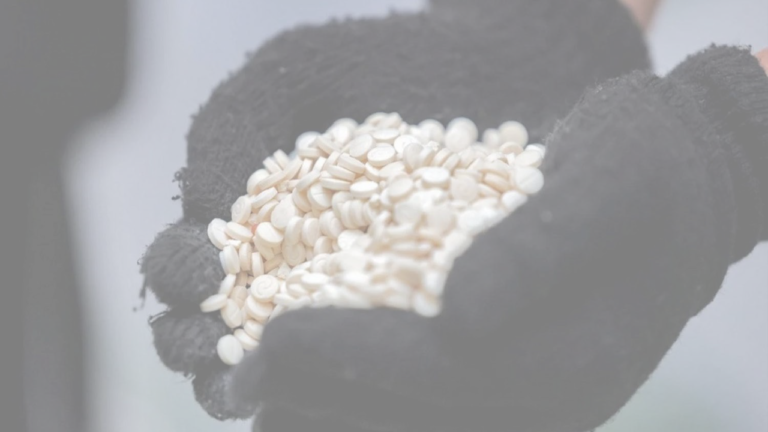At a meeting in Brussels held on 30 May 2022, leaders of the European Union (EU) agreed to cut 90 percent of Russian oil imports to the EU by the end of this year. The aim is to deprive the Kremlin of its main source of funding for the war in Ukraine. The remaining 10 percent not cut, is the oil transported to countries heavily dependent on Russian oil, including Hungary, Slovakia, and the Czech Republic, through the Druzhba (meaning “friendship” in Russian) pipeline. However, with Russia raising its oil prices and diversifying its importers, the embargo effects could be considerably diminished, if not evaded altogether.
Before the invasion of Ukraine in 2021, Russia generated total revenues of around USD 180 billion from the export of crude oil and oil products. During that time, the EU accounted for almost half of these exports, with Germany and the Netherlands as the leading importers. Those countries paid around USD 1 billion a day for Russian oil and gas. What EU leaders are now hoping to achieve is to reduce the Member States’ dependency on Russian oil by transitioning to alternative suppliers, such as the United States, Norway, and Saudi Arabia. Thus, this decision would create a sizeable dent in Russia’s government budget and cause long-term adverse effects on its economy.
Russia Seeking New Oil Partnerships with India, China and Turkey
Nevertheless, the EU is not the only one looking for new partnerships, as Russia is turning to countries such as India, China, and Turkey, to export its crude at discounted prices. Responding to the EU measures, Russia’s permanent representative to the International Organizations in Vienna, Mikhail Ulyanov, said that the ban only reflects negatively on the bloc and tweeted that “Russia will find other importers.”
Since the start of the recent invasion of Ukraine on 24 February 2022 until the end of May 2022, India imported 34 million barrels of Russian oil, which is three times the amount it imported during the same period in 2021. Furthermore, China’s demand for Russia’s energy has also been gradually increasing over the past months, with oil imports reaching a record high of 1.1 million barrels per day (bpd) in May 2022, compared to 800,000 bpd in 2021. Coupled with the overall rise in oil prices, this newly-created demand for Russian crude will likely result in an increase in Kremlin’s fuel income, at least in the short run, which according to experts, will be up by 45 percent in 2022, reaching USD 180 billion.
Russia’s long-term economic prospects might not be as bright without the EU’s annual contributions of almost USD 430 billion [EUR 400 billion] a year to its budget. Additionally, the new set of EU sanctions, which includes asset freezing and travel ban on individuals, and the exclusion of Russia’s biggest bank, Sberbank, from SWIFT, will likely reinforce the downward spiral of its economy. Therefore, whether Russia’s newly enhanced partnerships with non-European countries can mitigate the impact of the EU sanctions and to what extent remains to be seen.




